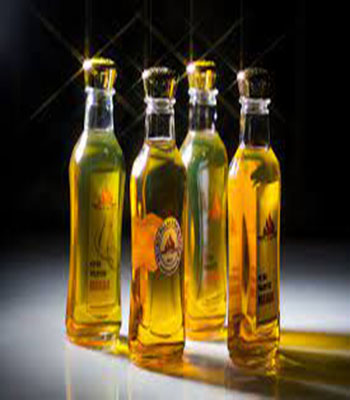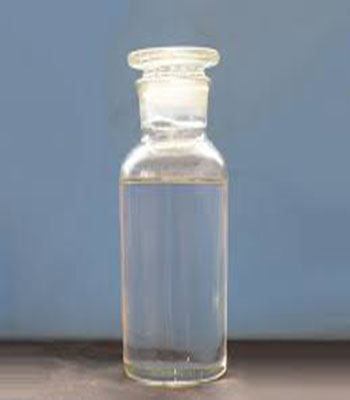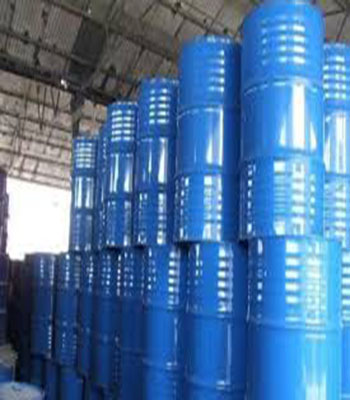Hydrocarbons-Heavy Hydrocarbon
$0.00Hydrocarbons, simply in the science of chemistry, are a group of organic materials in whose molecular structure only the atoms of the elements carbon and hydrogen are involved. Hydrocarbons, like the classification of all organic matter, fall into two groups: aliphatic and aromatic. On the other hand, hydrocarbons can be divided into two unsaturated groups and a saturated group.
Hydrocarbons-Heavy Hydrocarbon
$0.00Hydrocarbons, simply in the science of chemistry, are a group of organic materials in whose molecular structure only the atoms of the elements carbon and hydrogen are involved. Hydrocarbons, like the classification of all organic matter, fall into two groups: aliphatic and aromatic. On the other hand, hydrocarbons can be divided into two unsaturated groups and a saturated group.
Hydrocarbons-Heavy Hydrocarbon
$0.00Hydrocarbons, simply in the science of chemistry, are a group of organic materials in whose molecular structure only the atoms of the elements carbon and hydrogen are involved. Hydrocarbons, like the classification of all organic matter, fall into two groups: aliphatic and aromatic. On the other hand, hydrocarbons can be divided into two unsaturated groups and a saturated group.
Lightends-Hydrocarbons
$0.00Light ends are the light hydrocarbon gases and liquids that come off the top of distillation towers and fractionators. This usually includes refinery gas and some C3s and C4s.
Lightends-Hydrocarbons
$0.00Light ends are the light hydrocarbon gases and liquids that come off the top of distillation towers and fractionators. This usually includes refinery gas and some C3s and C4s.
Lightends-Hydrocarbons
$0.00Light ends are the light hydrocarbon gases and liquids that come off the top of distillation towers and fractionators. This usually includes refinery gas and some C3s and C4s.
MDI
$0.00DESCRIPTION
Methylene diphenyl diisocyanate is an aromatic diisocyanate. Three isomers are common, varying by the positions of the isocyanate groups around the rings: 2,2′-MDI, 2,4′-MDI, and 4,4′-MDI. The 4,4′ isomer is most widely used, and is also known as 4,4′-diphenylmethane diisocyanate.
MDI
$0.00DESCRIPTION
Methylene diphenyl diisocyanate is an aromatic diisocyanate. Three isomers are common, varying by the positions of the isocyanate groups around the rings: 2,2′-MDI, 2,4′-MDI, and 4,4′-MDI. The 4,4′ isomer is most widely used, and is also known as 4,4′-diphenylmethane diisocyanate.
MDI
$0.00DESCRIPTION
Methylene diphenyl diisocyanate is an aromatic diisocyanate. Three isomers are common, varying by the positions of the isocyanate groups around the rings: 2,2′-MDI, 2,4′-MDI, and 4,4′-MDI. The 4,4′ isomer is most widely used, and is also known as 4,4′-diphenylmethane diisocyanate.








